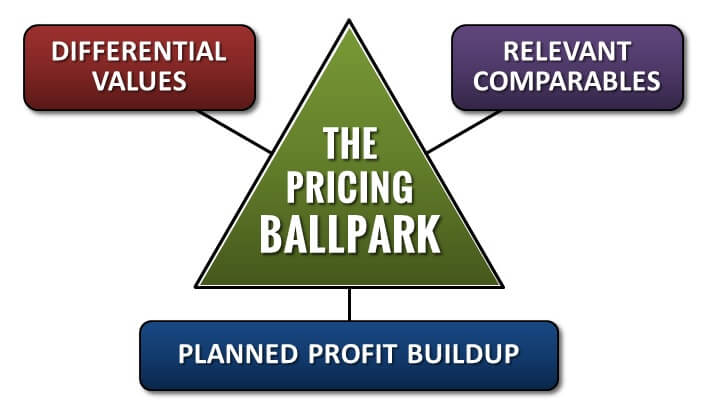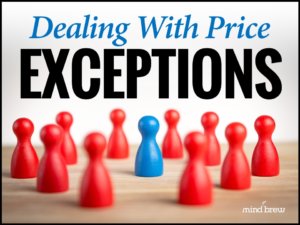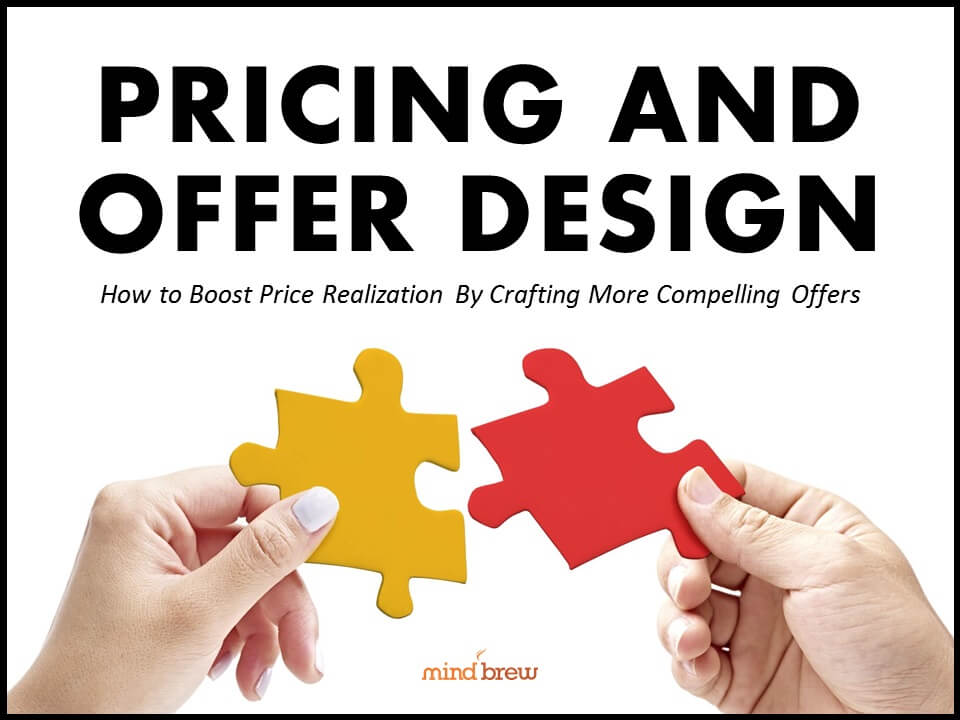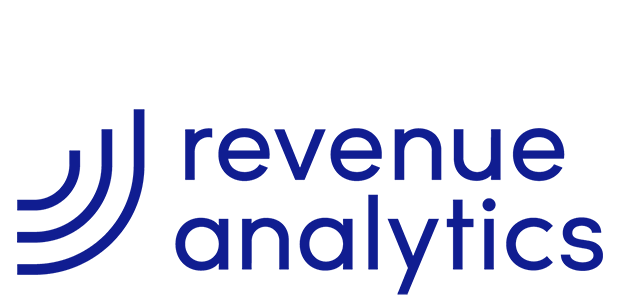For many pricing teams, big deals are relatively infrequent occurrences. And when they do happen to materialize, these outsized deals tend to be somewhat unique in their composition. As such, it’s tempting to view these deals as falling outside the realms of normal, comparative price-setting and analysis.
And having drawn these conclusions, pricing groups will too often default to using simplistic or ad-hoc approaches for pricing big deals…which can’t help but increase their risks, leave lots of money on the table, or both.
So…is there a better approach for pricing big deals that seem to be one-offs?
In the “How to Price Big Deals” webinar, we explain that while it’s nearly impossible to identify a single approach for pricing big deals that can balance all of the various needs, risks, and opportunities involved, you can better-inform your decisions and define more accurate pricing ranges using a combination of approaches in a triangulated fashion.

By leveraging the principles and practices of differential value estimation, you can determine what the prospective buyer stands to gain from the deal. And while it’s a bit late in the game to influence the buyer’s value perceptions in a big way, these quantitative and qualitative value insights can nudge them in a positive direction, while also shoring up your team’s confidence and resolve.
Then, coming at it from a different perspective, you can find relevant comparables to further inform your pricing decisions. And by breaking the deal down into its various components, you can almost always find relevant comparables for the 60-70% of the deal that is most important to understand.
And finally, you can develop a more accurate perspective on the “floor price” for a particular deal by estimating the true all-in or incremental costs that you’ll incur should you win and adding the requisite profit to make it worthwhile. It’s a little more work, but this “planned profit” approach mitigates many of the risks associated with using a basic markup over product cost as a floor price.
Of course, the webinar provides more detailed explanations of all of this. But the point I want to make in this article is that when it comes to pricing big deals…even deals that seem to be unicorns…there’s no excuse for just winging it or defaulting to some overly simplistic approach. By coming at it from different angles, you can use imperfect and incomplete information to develop a much more accurate picture of the pricing ballpark for any given deal.
PS: Even a rainbow-striped unicorn is 95% comparable to a horse. Just sayin’ 🙂
















